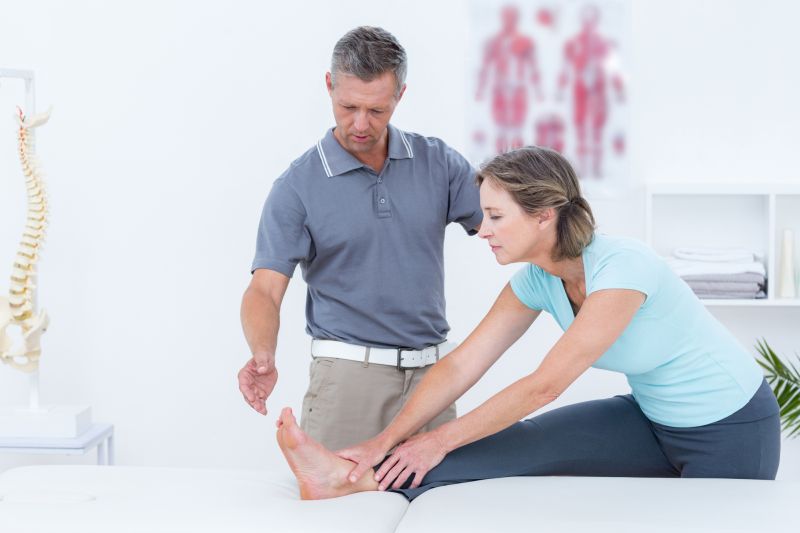 Exercising after total hip replacement surgery is a great way to strengthen muscle weakness, joint stiffness, and immobility after the successful completion of the post-surgery recovery period. These exercises are aimed at restoring the mobility to perform typical routine activities again. While each patient requires different exercises depending on fitness and ability before surgery, orthopedic surgeons and physiotherapists, in most cases, suggest some basic exercises after a total hip replacement surgery that are discussed in this article. It is advisable to consult your physiotherapist before starting a new exercise program.
Exercising after total hip replacement surgery is a great way to strengthen muscle weakness, joint stiffness, and immobility after the successful completion of the post-surgery recovery period. These exercises are aimed at restoring the mobility to perform typical routine activities again. While each patient requires different exercises depending on fitness and ability before surgery, orthopedic surgeons and physiotherapists, in most cases, suggest some basic exercises after a total hip replacement surgery that are discussed in this article. It is advisable to consult your physiotherapist before starting a new exercise program.Basic Post-Hip Replacement Exercises
Ankle Push - Lay straight on the bed and stretch your legs completely. Now slowly start moving your feet by contracting muscles. Move the feet first in the upward direction and then in the downward direction. Repeat 5 times a day for up to 10 minutes for each foot.
Ankle Orbit Movement - Lay straight on the bed and stretch your legs completely. Rotate the ankle moving the foot in clockwise and then anti-clockwise direction. Repeat this on each foot for five reps and up to four times daily.
Thigh Raises - Lay straight on the bed and with your legs straight. Raise the right leg in the air as high as possible for up to 10 seconds and then lower the leg gradually. This exercise can be repeated until you can't do it anymore. Repeat on the left leg.
Knee Bows - Lay on your back on the bed with your legs out straight. Now slowly slide your foot, bending the knee towards your buttocks. Hold the bent knee for 10 seconds and then slide the foot back to the starting position. This exercise can be repeated up to 5 times a day.
Gluteal Contractions - In this, muscles of buttocks are intentionally contracted then hold the contraction for 10 seconds each time. Repeat 10 times. This exercise is repeated 4 times a day.
Medium Level Exercises
These exercises are done when the patient has better control over muscles using the support of a wall.
Hip Stretching - In this exercise, the standing patient keeps the hip, foot, and knee facing forward. While keeping the leg straight, the leg is raised to the side and then slowly lowered back to the ground. For this exercise, you can do 10 reps for up to 4 times a day. Repeat on each leg.
Knee Raises - The standing patient raises the straight leg towards the front - keeping the knee below the waist. Hold this position for 3 counts, and then lower the leg. Ten reps are done for up to 4 sessions a day. Repeat on each leg.
Advanced Level Exercises
These exercises are performed once the patient is performing well in the previous exercises. At first, a supervisor assists with these exercises.
Assisted Walk - This exercise is performed using a walker or cane. With uniform weight on the walker (do not lean to favor the new hip), the patient slowly travels over a small distance. Attention is paid to placing the heel first on the ground, then rolling onto the whole foot. A proper rhythm and slow gait are maintained while walking. Muscles strengthened over time, so walking speed and distance traveled can be gradually increased. Mobility devices (i.e., canes, walkers, crutches) are removed when the muscles get strong enough to withstand the whole body weight.
For more information on hip replacement recovery, contact Dr. Dan Albright. Call 919-863-6808 for a consultation.





